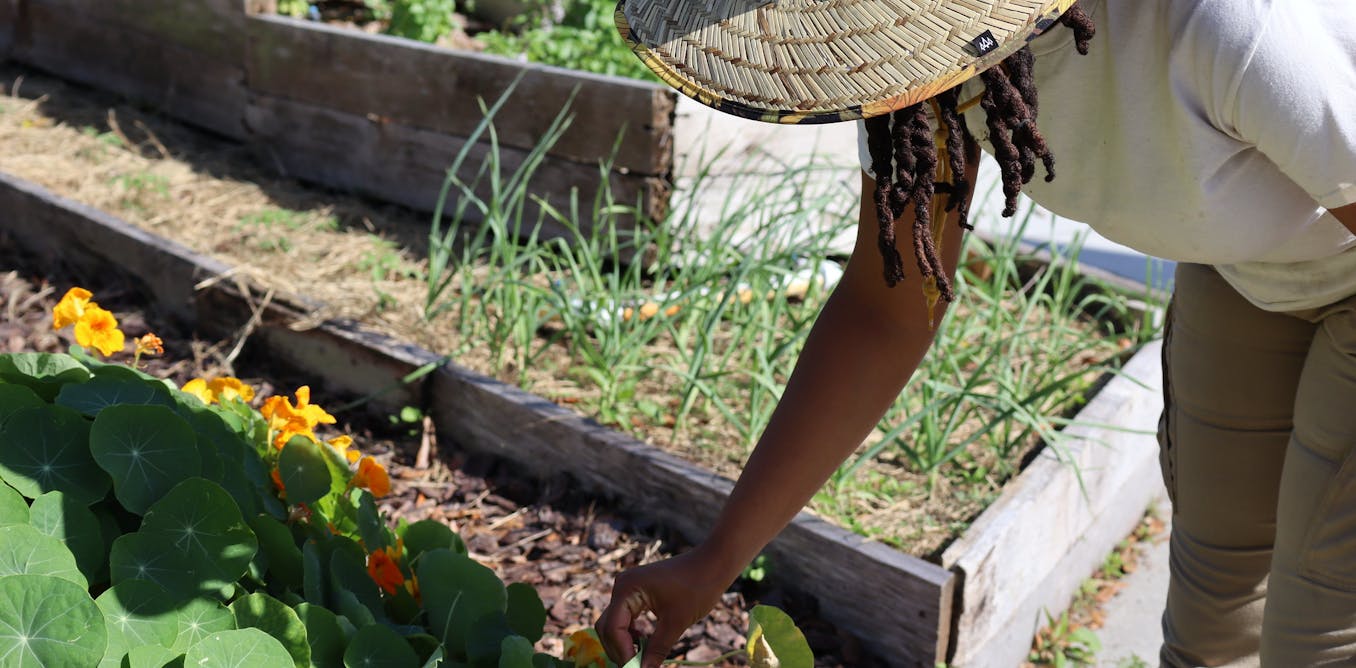City Blooming Fundamentals Explained
City Blooming Fundamentals Explained
Blog Article
The Of City Blooming
Table of ContentsThe Best Guide To City BloomingThe Buzz on City BloomingSome Known Details About City Blooming Rumored Buzz on City BloomingSome Known Questions About City Blooming.
Intrigued in growing food available in the City of Chicago? Considering beginning an area yard? Changes to the Chicago Zoning Regulation permit farming usages like neighborhood yards and metropolitan ranches in lots of components of the city. Below is a listing of frequently asked questions regarding the regulations and guidelines that cultivators ought to consider when planning a city farming job.
The zoning change does not customize any type of other codes managing composting, structure authorizations, acquiring or leasing City owned residential property, service licenses or environmental contamination. There are existing codes that regulate these issues and they remain completely effect and may apply to your job. Community gardens are generally owned or handled by public entities, public companies or community-based companies and maintained by volunteers.
Urban ranches expand food that is planned to be marketed, either on a not-for-profit or for-profit basis. Due to their industrial objective, city ranches need an organization permit.
The Basic Principles Of City Blooming
The quantity of garden compost material can not go beyond 25 cubic backyards at any type of provided time according to the requirements in 7-28-715 of the City's Municipal Code. Since the soil at many brand-new garden websites needs changing, compost, dirt, wood chips, or various other materials can be acquired to build or boost the expanding area.

If a building license is called for then the hoophouse will be thought about an accessory building. You can find out even more about the structure permit needs by getting in touch with the Division of Buildings. The 25,000-square-foot size limit is planned to stop a solitary area yard from dominating a provided block or interfering with the block's existing domestic or commercial personality.
The restriction does not put on gardens located in Public Open Space (POS) districts. Can there be even more than one neighborhood yard that is 25,000 square feet on a solitary block? Yes. The size limitation applies to specific gardens, not to individual blocks. No. Secure fencing is not called for, nonetheless, yards that have large parking lot might be required to mount secure fencing or other landscaping features.
The Definitive Guide for City Blooming
B1 & B2 districts need that all business usage activities be performed indoors. Is fencing needed for city ranches? Fences may be called for, along with landscaping and screening, for specific vehicle parking areas and outside work or storage locations depending on place and the certain activity taking place.
Urban ranches require structure authorizations and zoning authorizations prior to building (sustainability). Other kinds of city evaluation may be called for depending on details structures, tasks, dimension, landscape design, licensing, public health and stormwater administration issues.
Yes. The kind of certificate is figured out by what is occurring at the website. The Department of Service Affairs and Customer Protection can assist establish the certain kind of business license that's required. Yes. Off road car park is needed for the majority of business tasks in Chicago. The required number of garage is based on the number of workers servicing website and not the square video footage of the growing room.
City Blooming for Beginners

An urban farm can market garden compost product created on website, nevertheless, the procedure must comply with the laws in 7-28-715 of the Chicago Municipal Code. Aquaponic systems are why not try here allowed indoors on urban ranches in many zoning districts.
As much as five hives or swarms of honey may be kept as an accessory usage. Beekeepers need to sign up with the Illinois Division of Agriculture. For even more info about the suggested zoning change you might contact the Department of Housing and Economic Growth, Bureau of Planning and Zoning at 312.744.8563.
Farming in cities and urban locations An urban ranch in Chicago. Urban farming describes numerous practices of cultivating. https://slides.com/cityblooming, handling, and distributing food in metropolitan locations. The term additionally applies to the location activities of animal husbandry, aquaculture, beekeeping, and cultivation in an urban context. Urban agriculture is distinguished from peri-urban agriculture, which takes area in country locations beside residential areas.
Examine This Report on City Blooming
, that look for to form social networks started on a common values of nature and neighborhood holism. These networks can develop by way of official institutional support, ending up being incorporated into local community planning as a "change town" activity for sustainable city growth.
In either instance, the a lot more direct access to fresh vegetable, fruit, and meat items that may be realised with city agriculture can enhance food safety and food safety while decreasing food miles, resulting in reduced greenhouse gas emissions, thus adding to environment modification reduction. A few of the first proof of urban agriculture comes from Mesopotamia.
Report this page